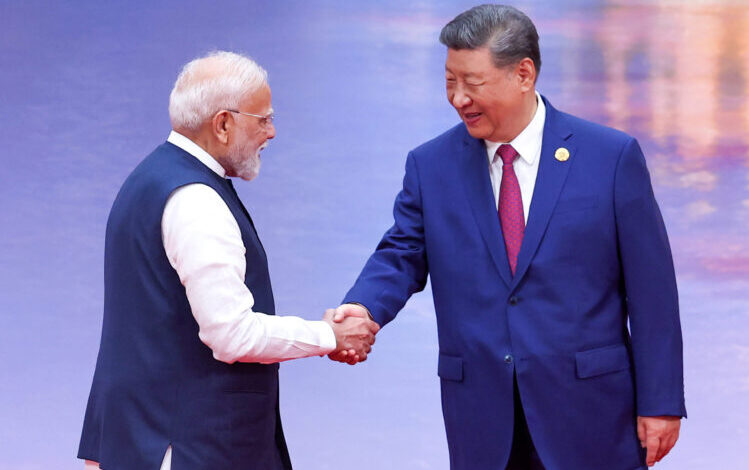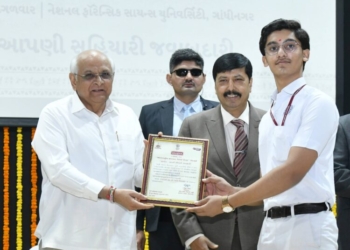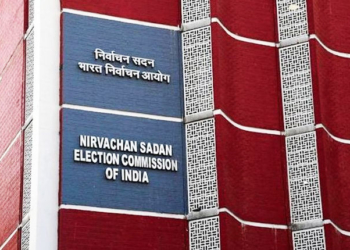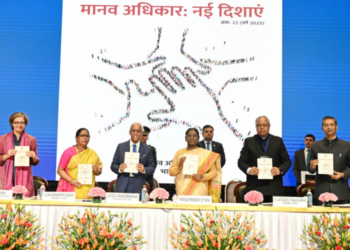New Delhi: The relationship between India and China – having long been a test of statecraft, patience, and strategic imagination – demands a willingness to advance piecemeal cooperation without self deception, a report detailed on Wednesday.
“This relationship rewards clarity of purpose and punishes absolutism. It demands a willingness to advance piecemeal cooperation without self deception, to invest in deterrence without fatalism, and to accept that progress will be non linear,” wrote former Indian diplomat Sanjay Kumar Verma in an opinion piece for India Narrative.
The story of India–China, wrote Verma – the former High Commissioner of India to Canada – is not a linear tale of rivalry or rapprochement but is a braided narrative of competitive coexistence – contest on the frontier, entanglement in supply chains, necessity of trade, sparring in the Indo Pacific, and occasional convergence in global forums.
“They are close enough to shape each other’s choices, distant enough in worldviews to resist any easy alignment. The border issue is both the core and a mirror; while bilateral trade a lifeline and a lever and multilateralism a bridge and a battleground,” stated Verma while highlighting that it is the “most consequential, difficult relationship” for India.
The focus for the two nations in the near term, he asserts, must be on creating systems that ensure reliability and verifiability, which starts with boosting military-to-military communications and giving authority to local commanders to take action swiftly and decisively. The two nations, he said, can cooperate on global issues like climate and health at multilateral forums, where joint initiatives can be co-branded.
“Looking further ahead, success will be marked by a significant reduction in border incidents, diminished duration of crisis, and transparency in notifications that prevent rapid escalations or sudden mobilisations. Economically, this means less reliance on single suppliers for critical inputs and stable trade relations in non-sensitive sectors. This layered, phased approach offers a pragmatic roadmap for managing the complex India-China relationship with coherence and resilience over time.
“Competitive coexistence is not a slogan; it is a method: define the non negotiables, protect the sensitive, engage where benefits are real and risks containable, and keep alive the habits of contact that prevent miscalculation from becoming tragedy. India’s strategy is not to tame China, but to tame the volatility of the relationship itself. The story does not end here; it only matures,” he wrote.
















